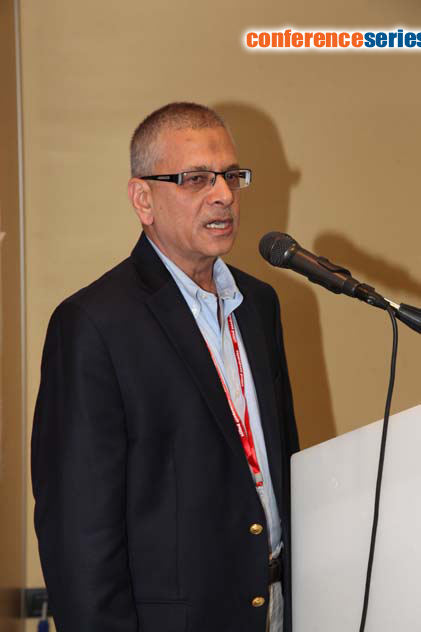
Haider A Khwaja
University at Albany, USA
Title: An assessment of air quality in the surrounding holy places of Mecca, Saudi Arabia during Hajj
Biography
Biography: Haider A Khwaja
Abstract
The associations of exposure to air pollution and adverse human health effects have been demonstrated in many epidemiologic studies. Hajj, an annual pilgrimage of Islam, draws millions of pilgrims from more than 200 countries for religious rituals in Mecca, Saudi Arabia. The city is surrounded by mountains with a population of 1.7 million, which gets doubles or even more during Hajj. The city centers on the Grand Mosque (Masjid Al-haram), connected with the network of tunnels. Main Hajj pilgrimage route for five days extends 20 km to the east and includes “Mina”, “Arafat”, and “Muzdalifah”. A detailed study was conducted in Mecca, its tunnels, and surrounding holy places during Hajj (October 13-17, 2013). Spatial and temporal variations in total suspended particulate (TSP), PM10 , PM7 , PM2.5 , PM1 , ozone (O3), and black carbon (BC) levels along the route were recorded using portable monitors and GPS to assess the status of air quality. This is the first study to elucidate the exposure to air pollutants among pilgrims. Extremely high levels of all pollutants were observed during the intensive measuring periods. For example, the PM7, PM2.5, O3, and BC concentrations of up to 9,433 µg/m3, 484 µg/m3, 444 ppb, and 468 µg/m3, respectively, were observed. Results of this investigation revealed that most routes had on average exceeded the World Health Organization (WHO) standards for PM10 and PM2.5. The reasons for the high air pollutants concentrations are most probably high volume of traffic, construction work, re-suspension of particles, and geographical conditions (arid regions). The pilgrim’s longer trip duration lead to their highest whole trip exposure to air pollutants, which indicate that they are possibly subject to higher health risk. Better understanding of air pollution exposure and their determinants in the environments will contribute to the development of more appropriate exposure reductive strategies and have significant public health meanings.


